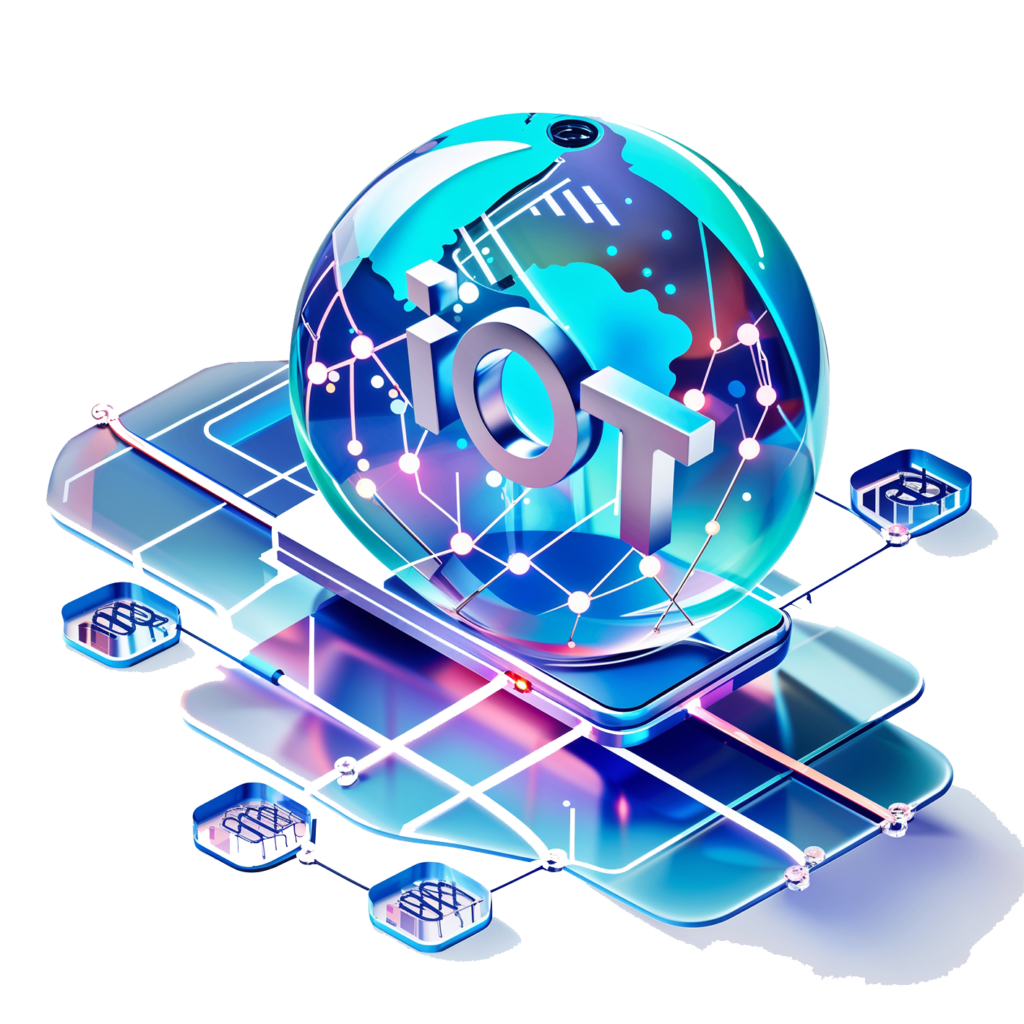What problems does it solve?
A lack of continuous monitoring of machines and infrastructure means that manufacturing companies often detect problems too late – when downtime, product defects, or breakdowns have already occurred. This leads to financial losses, extended production times, and increased maintenance costs.
In the renewable energy (OZE) sector, a similar issue arises with the lack of real-time monitoring of energy installations (e.g., solar farms or wind turbines). This results in efficiency drops, delayed failure detection, and inefficient energy management.
Additionally, without remote monitoring, businesses only become aware of issues when they escalate, leading to costs related to downtime, product recalls, servicing, and redoing processes. In OZE, these costs also include lost energy production and grid instability.
What is it and what are the benefits?
IoT (Internet of Things) is a technology that uses network-connected sensors to collect real-time data and transmit it to analytical dashboards. This provides companies with up-to-the-minute insights into machine conditions, production lines, and inventory status. As a result, businesses can reduce downtime, lower operational costs, and optimize resource usage.
- For industrial companies, IoT enhances predictive maintenance, minimizes machine failures, and improves overall production efficiency.
- For OZE companies, IoT delivers telemetry data on energy generation, solar panel performance, wind turbine operation, and energy storage levels. This enables the implementation of Predictive Maintenance solutions that forecast failures, enhance system reliability, and optimize maintenance costs.
By leveraging IoT, companies can better plan their operations, boost efficiency, and introduce advanced predictive maintenance solutions – helping them prevent failures before they impact business performance.
How does it work?
IoT technology relies on sensors installed directly on production machinery and energy infrastructure. In industrial companies, these sensors monitor parameters such as temperature, pressure, vibrations, and equipment wear. In the OZE sector, they track the performance of solar panels, wind turbines, and energy storage systems.
IoT sensors transmit collected telemetry data to the cloud, where it is processed and displayed on analytical dashboards accessible to management teams and maintenance staff. This allows companies to continuously monitor equipment performance, quickly detect inefficiencies and failures, and optimize resource utilization and operational costs.
- For industrial companies, this means fewer unplanned breakdowns, faster issue resolution, and improved production efficiency.
- For OZE companies, IoT enables real-time detection of efficiency drops in energy installations, allowing proactive maintenance actions. Sensors placed on solar panels, wind turbines, and energy storage systems facilitate instant problem diagnosis and preventive servicing – ensuring installations maintain optimal efficiency.

